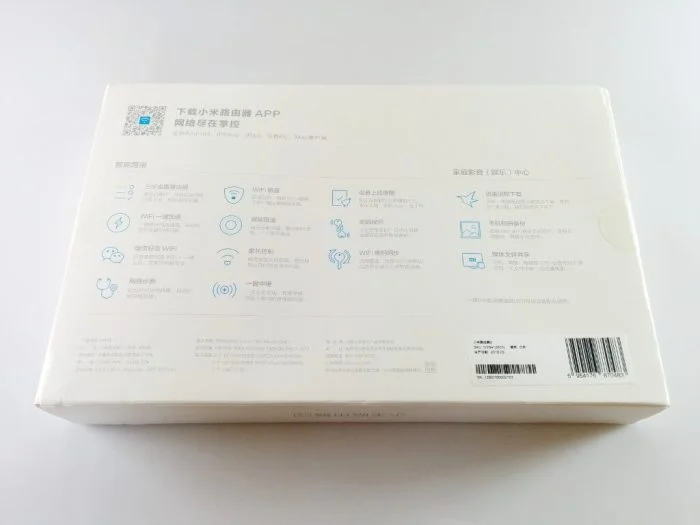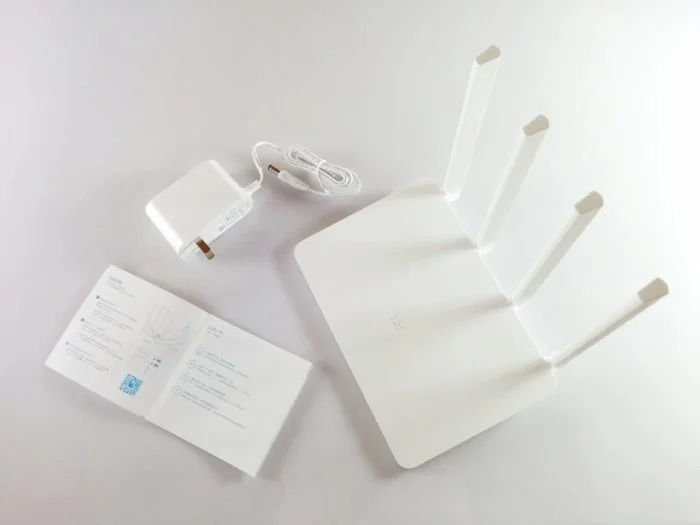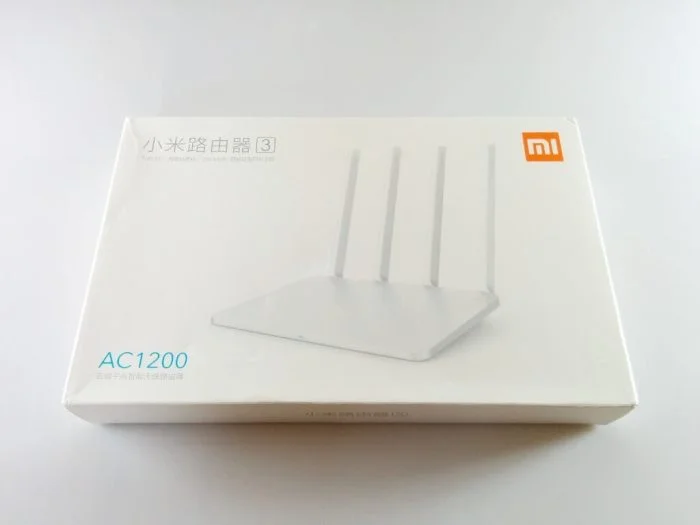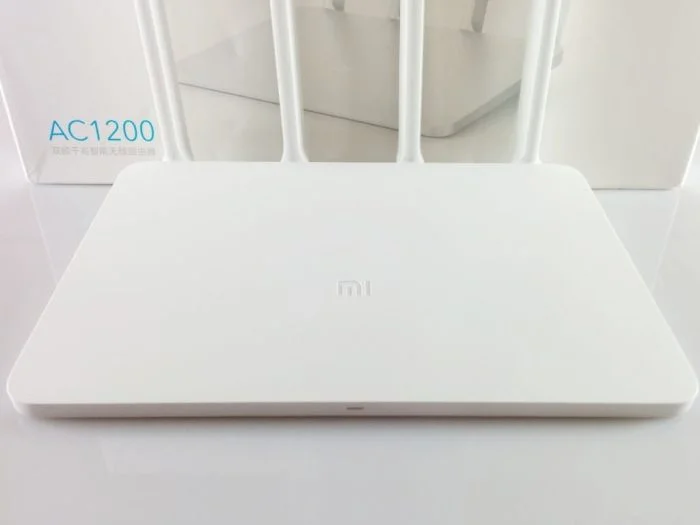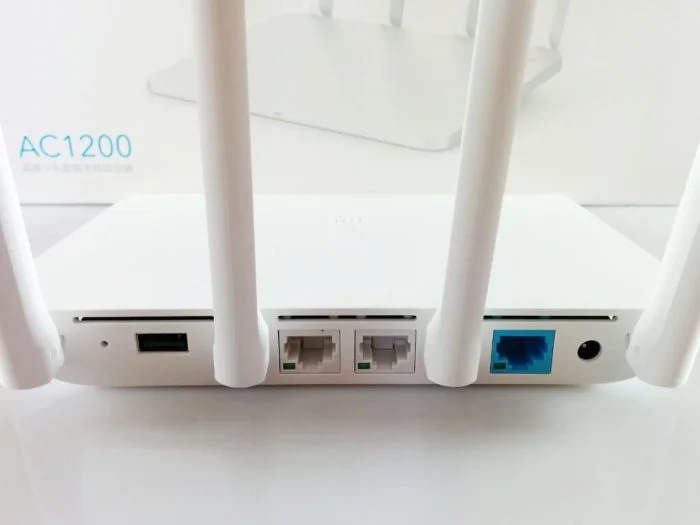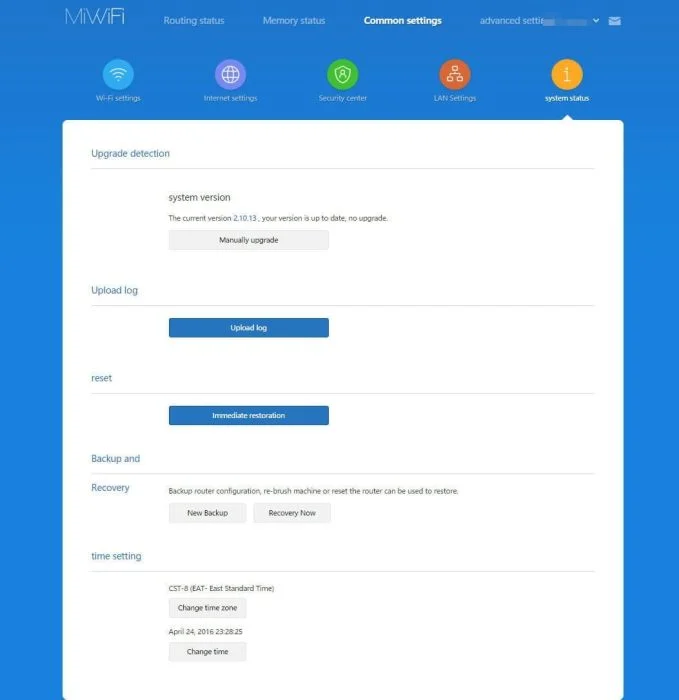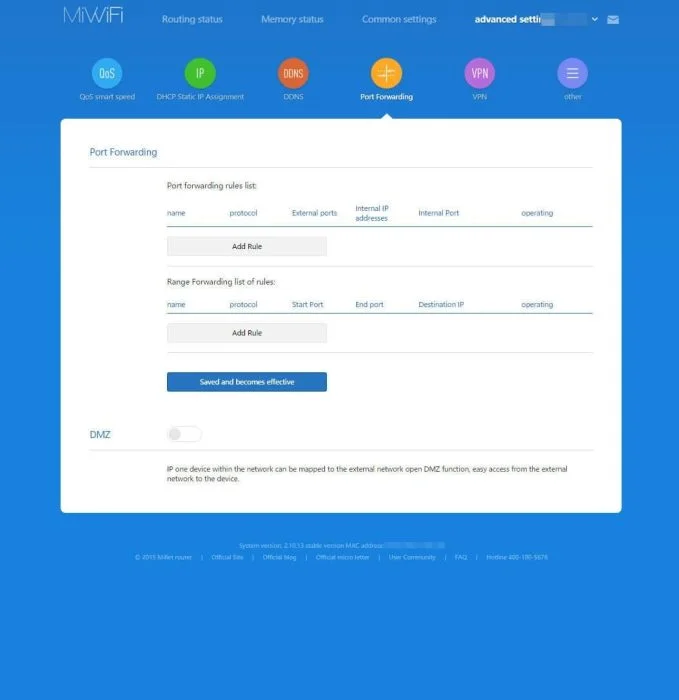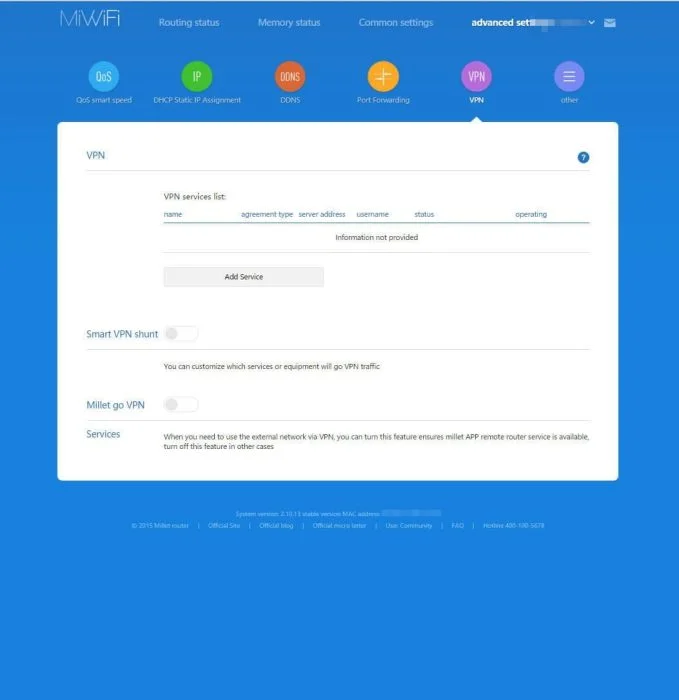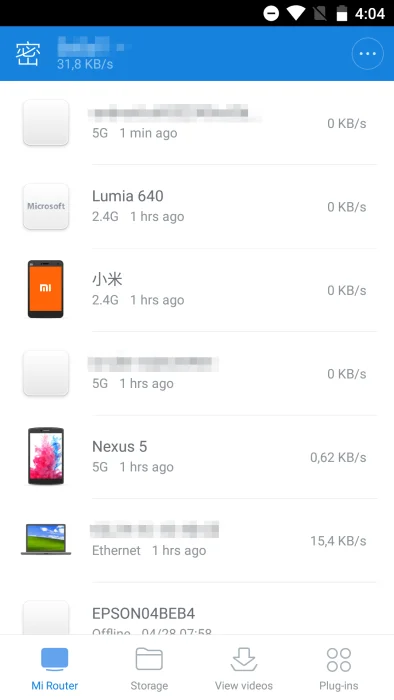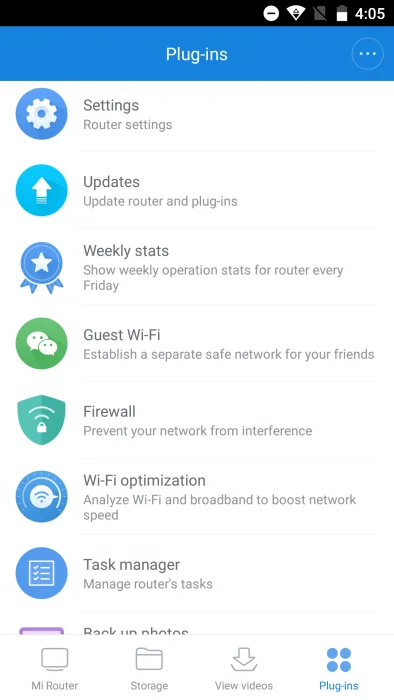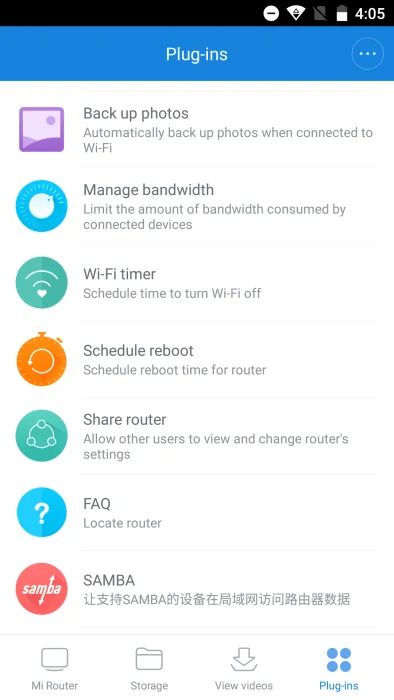First impression - Xiaomi Mi WiFi Router 3
Note
The Xiaomi Router 3 is now a discontinued model. The successor model is the Xiaomi router 3G, which is equipped with Gigabit WAN and LAN at the same price and supports USB 3.0. If you are faced with a choice, you should definitely opt for the new model!
Thankfully, the Xiaomi Mi WiFi Router 3 has been released for this review Gearbest provided.
Compared to its predecessor, the Xiaomi Mi WiFi Router 3 is no longer delivered in a compact box, but in a much larger box. However, the scope of delivery has remained the same. In addition to the Xiaomi Router 3, a Chinese manual was included, as well as a 12V power supply. Before buying a Xiaomi product, you should be aware that the version intended for the Chinese market is often sold here, which does not come with an English-language, let alone German-language operating manual, and the power supply unit has a NEMA-1 (Type-A) plug . So you inevitably need an EU adapter, which most China shops include.
Xiaomi Mi WiFi Router 3 Review on YouTube
The Xiaomi Mi WiFi Router 3 differs from the previous model in terms of both size and design. The new model still has the simple white plastic housing with the LED on the front, but the design is no longer as compact as the Xiaomi Mini Router, because the Xiaomi Router 3 now has 4 dual band AC antennas. These antennas can be tilted in three positions and are firmly connected to the device.
Hardware
The hardware of the new Xiaomi router has hardly changed. As with the predecessor, a MediaTek MT7620A processor is used, which clocks at 580MHz. The main memory was also left at 128MB. What has changed, however, is the flash memory, which has been increased from 16MB to 128MB.
The rear connections have also been retained. The Xiaomi Mi WiFi Router 3 has a WAN port, 2 LAN ports, a USB 2.0 port, a reset button and the 12V power input. Unfortunately, Xiaomi has left the maximum transmission rate at 100Mbit / s for the network ports.
The Xiaomi WiFi Router 3 supports dual band. Two omnidirectional antennas (5dBi) are used for 2.4G transmission with a maximum of 300Mbit / s and two omnidirectional antennas (6dBi) are used for 5G transmission with a maximum of 867Mbit / s. The WLAN standards support IEEE 802.11a / b / g / n / ac and IEEE 802.3 / 3u.
OPERATION
Commissioning is quite easy despite the Chinese web interface. You can use Google Translate on your smartphone to help you set it up, but the steps required for configuration are largely self-explanatory. Only the name of the WLAN, the password and the admin password of the web interface are required, which can be set individually. As soon as the Xiaomi Mi WiFi Router 3 is set up, a network connection should also be established, which is why the web interface can now be translated with the Google translator via the browser.
Web interface and functions
The web interface of the Xiaomi router has a clear layout and offers a variety of setting options. In the main overview you can see, among other things, the currently connected devices including the amount of data transferred from the individual devices, you can see the current transmission speed, the CPU load and the memory load. An external data carrier can be connected via the router's USB port, via which files can be shared within the network. Thus, the Xiaomi Router 3 can be used as a NAS.
In the WiFi settings, the 2.4G and 5G network can be switched in combination, whereby the stronger network is always automatically selected on the connected device. However, both networks can also be separated. WPA, WPA2 and WPA + WPA2 Hybrid are available for encryption. Of course, the channel, signal strength and bandwidth can also be specified. The channels of the 2.4G network range from 1 to 13. Those of the 5G network from 36 to 165.
Of course, settings regarding DHCP, DNS, Mac address and WAN port rate can also be made. The router can also be used as a repeater. A MAC filter can be activated in the security settings, in which both a whitelist and a blacklist can be created. In the advanced settings there is a QoS function for regulating the transmission speed, a DDNS can be entered, port forwarding is available, UPnP can be activated, and a VPN (PPTP or L2TP) can be set up directly on the router.
Xiaomi Router App
The Xiaomi WiFi Router 3 also has its own Android app, which can be operated similar to the web interface. However, plugins can also be installed via the app, such as an ad blocker or virus protection. However, these are plugins that are intended for the Chinese market, which is why it is not recommended to install them.
field test
After a long period of operation, it can be stated that the router runs extremely stable. Crashes did not occur during the test. All available functions have been tested error free. The transition between the 2.4G and 5G network was fluent to barely noticeable. The range and signal strength has been improved compared to the Xiaomi Mini Router. Even the small model was characterized by an excellent transmission range, the Xiaomi WiFi router 3 lays on a fad.
OpenWrt
So far there is no flashable OpenWrt for the new Xiaomi Router 3, but due to the similar hardware to the previous model, one can assume that a flashable OpenWrt will be available for this router in a very short time. If there is any news about this, I will update the test report here.
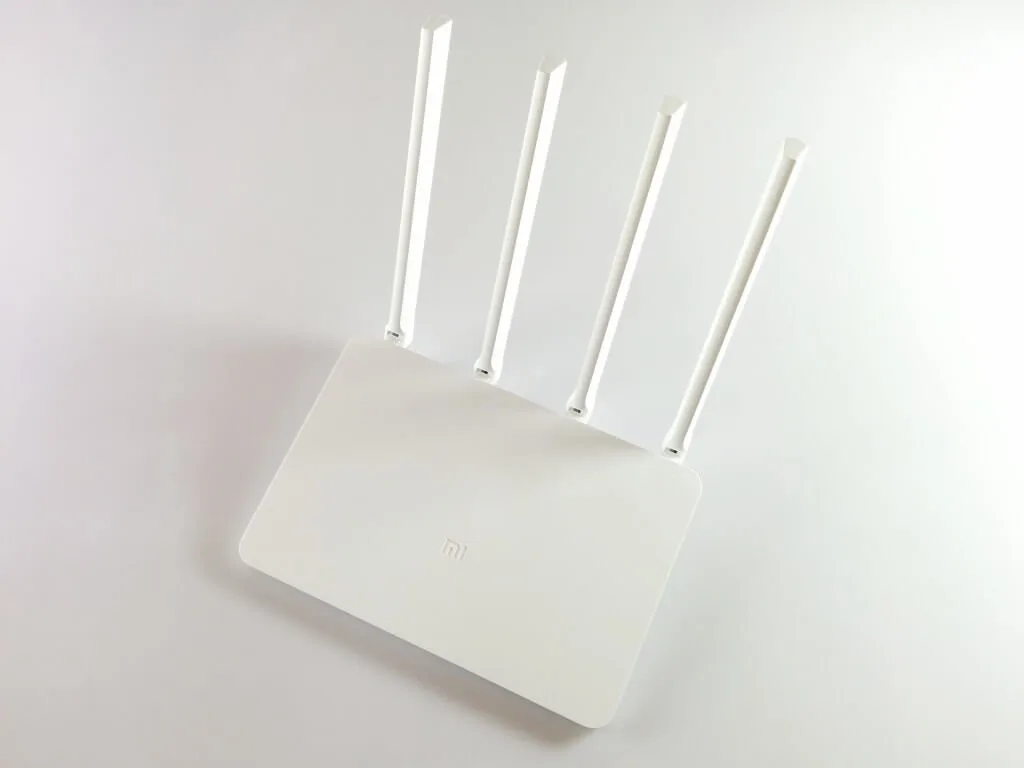
Xiaomi Mi WiFi Router 3
Design and workmanship
Dual-band AC
signal stability
Signal range
OpenWrt possibility
Low energy consumption
No wall mounting option
No gigabit LAN
Only USB 2.0
Chinese user interface
The Xiaomi Mi WiFi Router 3 brings a few innovations and is only recommended for first time buyers. The signal strength and transmission range have improved, but compared to its predecessor, the difference is minimal. The web interface has also remained the same and offers no innovations.
For first-time buyers, the new Xiaomi router is definitely recommended and as soon as OpenWrt for this device is available, this router is certainly not a bad buy. If you already own the predecessor model, I recommend waiting for the next generation.

